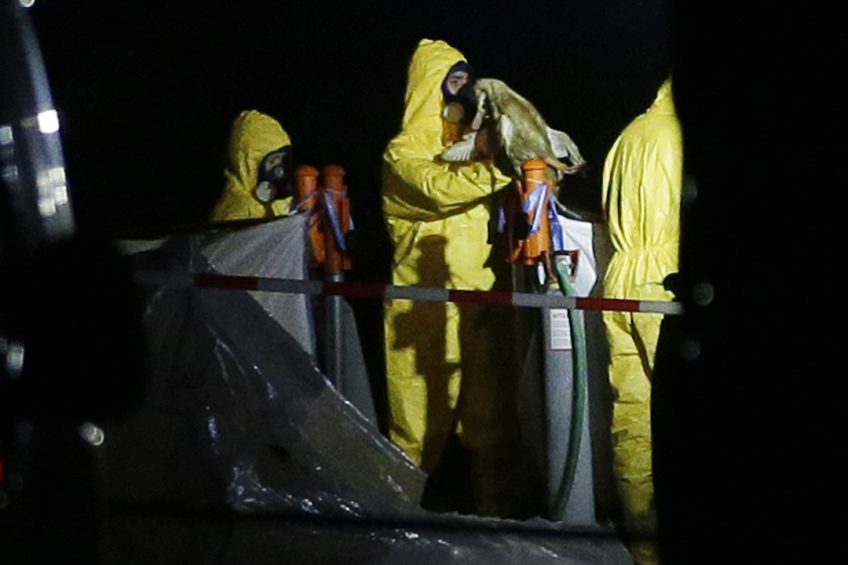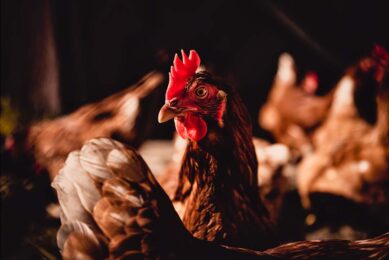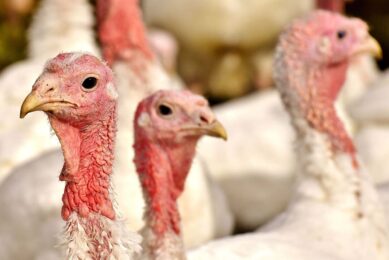US battles high-pathogenic bird flu in South Carolina turkey farm

US authorities have confirmed the country’s first case of high pathogenic avian influenza in commercial poultry in 3 years. The US Department of Agriculture (USDA) reported a case of H7N3 bird flu in a turkey flock in Chesterfield county, South Carolina.
In a statement, USDA said there was no immediate public health concern and that no human cases of the virus had been detected. In the report to the OIE the department of agriculture stated that the infected premises has an epidemiological link to another South Carolina premises affected recently by Low pathogenic avian influenza (LPAI) H7N3, which could indicate the virus mutated. This however, is not yet confirmed.
USDA has been working in recent months with scientists and farmers in both North and South Carolina, where low pathogenic strains (H5 and H7) had been found.
US public broadcaster PBS reported USDA spokeswoman Lyndsay Cole saying the case had been expected to be low pathogenic but it looked as though the less severe virus mutated into the more severe version: “Our scientists at the National Veterinary Services Laboratory had looked at the virus characteristics of the low path virus and they had previously indicated that this was one that was probably likely to mutate so they were watching it very closely.”

Track the movement of Avian Influenza
For everything you need to know about AI, from the latest outbreaks to controls stay up to-date…
The virus killed 1,583 turkeys and the remaining 32,577 birds have since been euthanised.
The National Turkey Federation stressed turkey products remained safe and nutritious. Its president Joel Brandenberger said: “The flock was quickly depopulated and will not enter the marketplace. Thorough disinfecting and cleaning procedures have already been initiated on premises as well as surveillance of commercial flocks in the surrounding area.” The worst ever US bird flu outbreak took place in 2014/5 when 50 million birds – the majority layers – were killed due to bird flu.
Poultry Health Tool
For the latest insights on the 40+ most common poultry diseases, focusing on causes, clinical signs and proven treatment and control measures.
Research study
Meanwhile researchers have released results following an extensive avian influenza surveillance in major wild bird gatherings across China from 2017-2019. They wanted to examine the avian influenza virus subtype H16N3 which is currently detectable in many countries to see if it posed a threat to human.The investigators isolated 2 H16N3 subtype influenza viruses that can bind to both human and avian-type cell receptors. They also found evidence that genetic material from other species has been introduced into the H16N3 avian influenza virus, which suggests that it may infect other species and therefore could pose a threat to both animal and human health in the future. The authors wrote: “Consequently, it is necessary to increase monitoring of the emergence and spread of avian influenza subtype H16N3 in wild birds.”
The study was published lasts week in Transboundary and Emerging Diseases
Join 31,000+ subscribers
Subscribe to our newsletter to stay updated about all the need-to-know content in the poultry sector, three times a week. Beheer
Beheer








 WP Admin
WP Admin  Bewerk bericht
Bewerk bericht